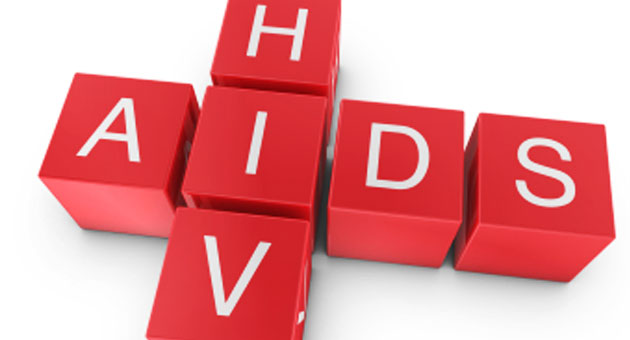Contributing Writer
Since the early 1980’s, the Human Immunodeficiency Virus (HIV) and resulting Acquired Immune Deficiency Syndrome (AIDS) have run rampant all over the planet, spreading across countries both rich and poor, affecting citizens of the First and Third world alike. For years, research into finding a cure or definite method of prevention has produced a wide array of treatments, although none of that would provide the holy grail of “curing” those infected with HIV or AIDS.
Within the past few years, however, radical new developments have come forth, and recently the world learned of several cases where AIDS was functionally cured in over a dozen people. It is easy to get excited over these breakthroughs, as they represent the future of AIDS therapy and can provide hope for the estimated 33.4 million people living with the virus. However, these cases represent some very special medical cases, and traditional reporting hypes up the headlines of the stories without really delving into what it means for the medical community. There are important distinctions between all of these patients, and it is vital to public knowledge that their circumstances be explained in order to keep our expectations about AIDS research realistic yet hopeful.
The first reported case of “curing” HIV/AIDS came in 2010, when it was revealed that in 2007, an HIV-positive American man living in Germany was clear of the virus following a stem cell transplant. Prior, the “Berlin patient” was diagnosed with a severe form of leukemia that necessitated a transplant of donor stem cells. These particular cells were chosen because they possessed a genetic mutation that caused the immune cells to lack a receptor needed for infection by viruses such as HIV.
Within months, the donor’s immune cells replaced the patient’s, and eventually no test could find any trace of HIV in the patient’s body. This discovery shocked the scientific community and showed that the virus could be eradicated and is not the permanent sentence it used to be. However, this treatment is still dangerous and impractical for most HIV/AIDS patients. The man had to undergo extensive chemotherapy, immunosuppressive drugs, and whole body radiation to kill off his own immune system first, and the genetic mutation present in the donor stem cells is present in less than one percent of Caucasians in northern and western Europe.
Following this anomaly of an episode, the dialogue on AIDS cures settled back down until a recent story emerged about a child in Mississippi who was declared “functionally cured” after being born to an HIV-positive mother. Within 30 hours of being born, the child was started on a rigorous regimen of three different antiretroviral drugs. After 29 days, the HIV virus became undetectable in the child’s body. The mother and child left the treatment program, only to return two years later. Despite not having taken any viral medications during this time, the child still displayed virus levels below traditional measurement scales, showing that the treatment immediately following birth had a positive effect in regulating the spread. This case though, is also not a cure-all for HIV patients. First, the child began treatment before it was even confirmed she was infected. Second, prescribing three antiretroviral medications is highly unusual, as they are all somewhat toxic, and using all of them on a newborn carries significant risks. Lastly, the virus is still present in her body, meaning she is only “functionally cured” as long as it stays in its reduced, dormant state.
Finally, some more intriguing news came shortly after the presentation of a French study, which outlined the case of 14 adult patients with HIV who were also “functionally cured.” This was encouraging, as it showed treatments could be effective for more than newborns. The adults began a combination antiretroviral therapy shortly after infection. In the next three years, all the patients then stopped for various reasons but continued to be tested occasionally. These 14 patients, out of a group of 70, maintained low virus levels and remained “functionally cured” of HIV/AIDS seven years after the initial treatment. These individuals are normal patients and are not in the “super-controller” class of people with a natural immunity to HIV/AIDS. An early, rigorous course of therapy is credited with these “cures,” and holds the most hope for research in the future.
All of these treatments have their advantages, yet each has distinct disadvantages that make them special cases and not applicable to the millions of other “normal” cases. However, an HIV/AIDS vaccine similar to the polio vaccine is being tested on humans in Canada, and a gene therapy vaccine is being developed in California that would rewire the body’s ability to mass produce anti-AIDS antibodies. Other existing antiretroviral drugs, such as Truvada, are also found to be as effective in preventing viral transmission as they are at treating already infected patients. Other, more radical medicines are also being developed, like in St. Louis, where researchers have designed nanoparticles filled with bee venom that physically tears apart the protective layer of the virus.
While we are a long way off from truly “curing” HIV/AIDS, these small victories show the fight is far from impossible, and breakthroughs are not just potential but inevitable.
Questions? Email Sean at ssimonea@fandm.edu.
